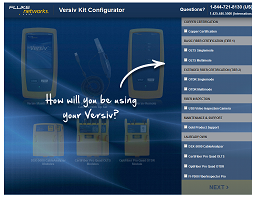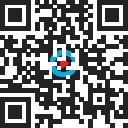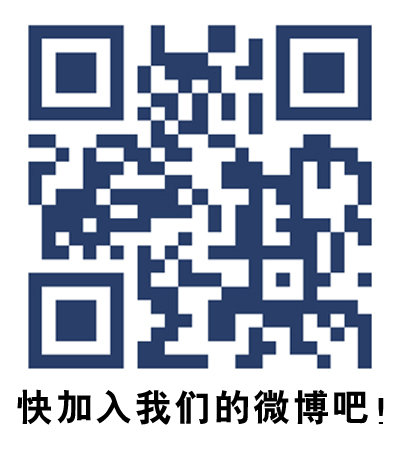The Power of Certification Testing: Experts and FLW Files
May 2, 2023 / General, Installation and testing, Best Practices
While certifying a cable plant, an installer repeatedly experiences complex near-end crosstalk (NEXT) failures on multiple links. Overwhelmed by issues with the cabling plant and the customer demanding answers, she needs expert help to troubleshoot the problem. Fluke Networks Technical Assistance Center (TAC) to the rescue!

Armed with the installer’s LinkWare test results, our TAC determines that the failures occurred on the same pair on multiple links due to bad cabling. They reach out to the manufacturer, who agrees with the assessment. The cable is replaced, and the installer avoids any dispute and damage to her reputation. That’s because nothing hides from a LinkWare FLW file.
In other words, certification testing doesn’t just let you obtain a manufacturer’s warranty — it also helps Fluke help you.
Get the Answers with the FLW — and a Trained Eye
“When we get contacted about failures, installers often think that there must be something wrong with their tester,” says TAC Group Manager Robert Pokorny. “But if calibrated and set up correctly with the latest Versiv firmware, a Fluke Networks DSX certification tester almost always does its job. That’s why we need the FLW file with all the data. Without that, it’s all theoretical.”
Fluke Networks DSX series certification testers feature High-Definition Time Domain Reflectometry (HDTDR) and High-Definition Time Domain Crosstalk (HDTDX) that graphically display the location and magnitude of reflections and near-end crosstalk (NEXT) events for each pair over the frequency range. These traces can be viewed right on the tester, using pinch and zoom to make events more visible. The DSX tester’s diagnostics also interpret the traces and give you an event map to help locate and identify potential faults. But there is a way to dive deeper.
When you save your test results, all numerical values for every measurement, HDTDR and HDTDX traces for each pair, and the tester’s calibration dates and Versiv version are stored in the FLW file. Most failures turn out to be as simple as choosing the wrong test limits, such as keeping the tester’s default category 6A limits when installing category 6. But sometimes the answer isn’t that apparent, and you need a trained eye.
“There’s nothing in an FLW file we look at that an installer can’t see for themselves, but the difference is that we’re analyzing HDTDR and HDTDX all the time. That means we’ve seen a lot and can easily recognize patterns to identify problems that might not be obvious to the untrained eye,” says Ryan Quigley, one of our TAC support experts. “For example, one installer kept seeing failures at one end of the cable. On the HDTDX trace, we could see spikes at the connector and knew it was a termination issue. It turned out that whoever was terminating that end failed to maintain pair twist to the point of termination.”
You can upload an FLW file directly from the DSX tester over Wi-Fi to LinkWare Live right from the job site, so our TAC can help troubleshoot the most complex problems while you’re in the field, saving you time and money. They’re on call just for that reason — and Fluke Networks Gold Support members get priority access.
Fluke Networks TAC Has Your Back — But Only If You Certify
According to our TAC, the PDF report you can generate via the LinkWare software is not tamper proof; they’ve seen the occasional surreptitiously edited one. But a native FLW file is authentic. It’s encrypted for security and cannot be edited; it’s therefore the bona fide proof you need when failures result from bad cabling or connectivity components. Thankfully, you can even rely on our TAC to help address these issues with a manufacturer.
“Some installers are happy to discover that the cable was the problem, while others are confused. Some have a mental block about bad cable, but even a reputable manufacturer can have a bad batch of cabling or connectors,” says TAC support expert Josh Gardner. “We’ve often escalated cabling problems to the manufacturer on behalf of the installer, which is especially helpful if they’re having trouble getting a response or need an expert to explain the results in the FLW file. We have good relationships with most manufacturers and can typically get a quick response.”
Think of the Fluke Networks TAC as someone in your corner who can help ensure that you don’t take the fall for bad cable. But remember, for TAC to have your back, you need to do the certification testing and send us the FLW file.
“Sending us the FLW file is like a doctor sending a CT scan to the radiologist. It’s all in there,” says Gardner.








